BJP’s guiding light: Enter Golwalkar, exit Vajpayee
A quarter of a century later, it is clear that the BJP has said farewell to such leniency and the spirit of accommodation which enabled Vajpayee to come to power at the centre in 1998, writes Amulya Ganguli for South Asia Monitor
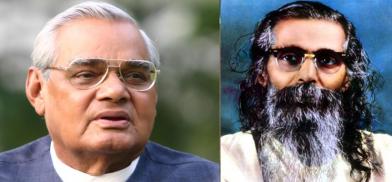
The Bharatiya Janata Party’s (BJP) decision to turn the spotlight on M.S. Golwalkar after his long years in the background marks the end of the far more prominent Atal Bihari Vajpayee era. What the rise of the second 'sarsanghchalak' (head) of the Rashtriya Swayamsevak Sangh (RSS) means is that the BJP and its saffron affiliates will be resolutely turning their back on the emphasis on moderation which was the hallmark of the period when Vajpayee was a leading figure in the Hindutva camp.
The most notable aspect of Vajpayee’s time was his decision to put in cold storage in 1996 the three contentious items on the saffron agenda – construction of the Ram temple, abrogation of Article 370 of the Constitution, and introduction of a uniform civil code – in order to woo the secular parties so that he would be able to form a government.
End of Vajpayee’s moderation?
A quarter of a century later, it is clear that the BJP has said farewell to such leniency and the spirit of accommodation which enabled Vajpayee to come to power at the centre in 1998.
Now, not only is the temple under construction, albeit with the judiciary’s imprimatur, but Article 370, which gave Kashmir a special constitutional status, has been scrapped in an atmosphere of harsh authoritarianism which saw the stationing of half a million troops in the valley, the incarceration of mainstream Kashmiri leaders and the curtailment of telecommunication services which are only now being restored after more than a year.
Far from showing any signs of temperance, as Vajpayee did, his successors have indicated that they intend to push ahead aggressively with the saffron agenda.
Their bellicosity is in sync with Golwalkar’s divisive views. One of the most notorious of them is his categorization of Muslims as internal enemy’s no. 1 and his insistence on relegating them to being second-class citizens with no special privileges. Indeed, so venomous are his views that even the BJP and its mentor, RSS, once considered it expedient to distance themselves from them on the grounds that they were a reflection of Golwalkar’s thinking at the time of the partition violence.
As a result, RSS chief Mohan Bhagwat said that Golwalkar’s observations were not eternal in nature (woh shashwat nahi) because of changing times and personal opinions (samai badalta hai, hamari soch badalti hai). For Bhagwat, it was a throwback to the Vajpayee period, denoting a kinder, gentler Sangh Parivar.
Yet, his latest tune is different, hinting at a revelation of his true self, for he has charged the internal enemies with the Parivar’s familiar accusation that the invaders first looted the country and then stayed on (desh ko loota aur yehin bas gayen).
Embracing Golwalkar's worldview
However, notwithstanding his earlier disavowal of Golwalkar’s views, there is little doubt that they constitute the cornerstone of the Parivar’s thinking. Whether it is the Union minister Giriraj Singh, bemoaning the absence of a population exchange in 1947 enabling some of the Muslims to stay on in India or another minister calling for the shooting of the gaddars (traitors) or a third garlanding a lynch mob, it is obvious that Golwalkar is the BJP’s guiding light.
Even if he was kept out of sight for several decades from those who are not close to the BJP, the light of his “inspiration” never dimmed for the Hindutva rank and file.
Hence, the propagation of the belief by a BJP MP Tejasvi Surya, that the gathering of Muslim women protesting against the citizenship laws in New Delhi’s Shaheen Bagh presages the return of the Mughal raj or the apprehensions expressed by another BJP MP Parvesh Verma, that Muslims will emerge from Shaheen Bagh to rape and kill Hindu women. Little wonder that the Union culture ministry has described Golwalkar as a “great thinker” and “scholar” who will remain “a source of inspiration and continue to guide generations.”
It doesn’t take much perspicacity to realize that Golwalkar’s incendiary communalism is a far cry from the BJP’s sabka saath, sabka vikas, sabka vishwas (Together, for everyone's growth, with everyone's trust) mantra which promises development for all along with the earning of everyone’s trust.
It is clear enough that however conciliatory and all-embracing maybe the BJP’s official position, it means nothing for the saffron cadres at the ground level and even the leaders in parliament who continue to see the internal enemies with Golwalkar’s baleful eyes.
The fact that it is the second RSS supremo's thought process which prevails in the BJP is evident from the Uttar Pradesh Chief Minister Yogi Adityanath’s neat classification of the people of India into Bajrang Balis and Alis, his purposeful obliteration of Muslim names from towns with long histories and his successful conversion of other more moderate BJP chief ministers to his own hawkish line of thinking because of their apparent belief that sectarianism will advance the party’s cause and not inclusiveness.
More than any other RSS or BJP leader of the past, Golwalkar, therefore, can be said to be the ideological lodestar for the current BJP.
(The writer is a commentator on current affairs. The views are personal)




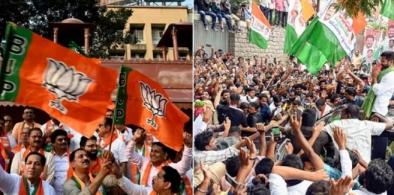
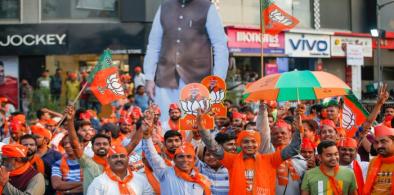

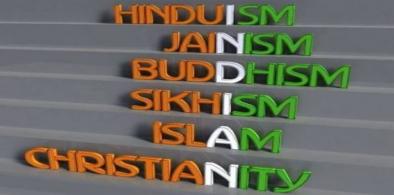
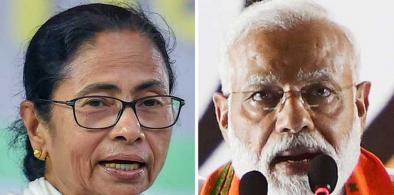

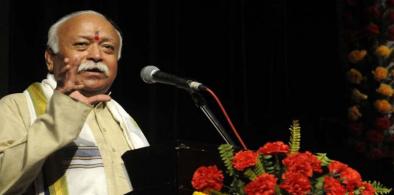
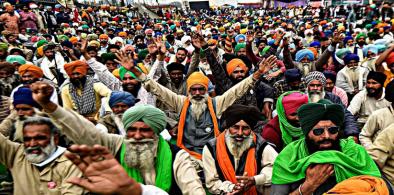
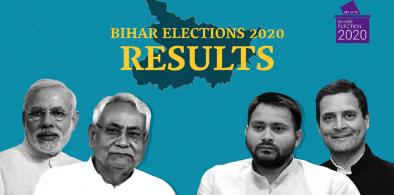
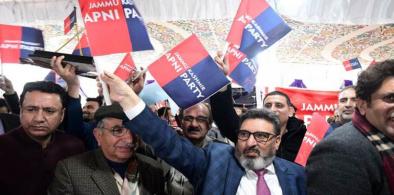






Post a Comment